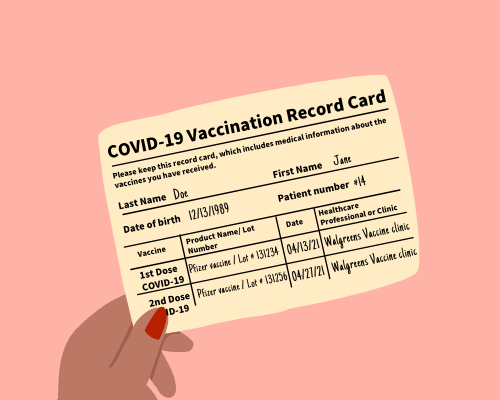The vaccine mandate: What we know so far
 Now that a particle or two of dust has settled from last Thursday’s announcement that OSHA will write an emergency temporary standard (ETS) requiring all employers with 100 or more employees to ensure their employees are fully vaccinated against covid-19, employers are left with some basic questions about this mandate.
Now that a particle or two of dust has settled from last Thursday’s announcement that OSHA will write an emergency temporary standard (ETS) requiring all employers with 100 or more employees to ensure their employees are fully vaccinated against covid-19, employers are left with some basic questions about this mandate.
We’ve answered a few to the best of our ability, based on our knowledge of how other federal agencies, like the IRS work, because all federal agencies work in roughly the same way.
These are the questions we’ll be focusing on once the ETS is released.
How will 100 or more employees be defined?
OSHA has at least three choices:
- All employees of an employer, regardless of where they work.
- A determination based on a workplace-by-workplace headcount.
- Counting your employees plus any temps, leased employees, or contractors to get to 100.
Since the purpose of the ETS would be to cover as many employers as possible, OSHA could opt for the first or third choices.
Will this become effective right away?
Probably not. No federal rule goes into effect right away. The ETS needs to clear some procedural hurdles required by the Administrative Procedures Act. The APA is designed to ensure federal agencies’ rulemaking actions aren’t arbitrary and capricious.
In this case, the ETS will first get clearance from the White House. It will then be published in the Federal Register. The public will have some period to comment, although the ETS may go into effect first. This was the timeline OSHA followed in June when it issued a previous ETS for health care providers.
How much paid time off will be required for employees to get their shots and at what rate must they be paid?
Employees are entitled to paid time off to get their vaccinations. The payroll credit, which also allows employees paid time off for their shots, expires at the end of this month, so we’ll have to wait and see how this shakes out.
How will employees show proof of vaccination?
It wouldn’t be unreasonable for OSHA to allow employers some latitude here, because, frankly, there really are only two options:
- You can ask employees to present their vaccination cards.
- You can require some sort of digital confirmation.
Since neither choice is perfect—purchasing phony vax cards on the internet is big business now and apps can be fraudulent, too—you could supplement this by having employees attest to their vaccination status.
Regardless of your choice, you’re probably going to need to keep records, because, whatever enforcement will look like, it will be based on your record-keeping. As with record-keeping for other federal purposes, it’s probably best to set this up separately from your other HR records.
What standard will OSHA use to assess employers’ compliance?
This is a very important question. Although no one can answer this question now, we think a reasonableness standard is, well, reasonable. In other words, unless you have knowledge to the contrary, it’s reasonable if, when you look at an employee’s vaccination card or app and everything seems to be in order, to assume that it is. This is the standard that applies to I-9 forms and to W-4s.
What steps, if any, will employers need to take if they know an employee has tested positive for the virus?
Another key question. The health care ETS created a checklist for employers to notify employees and then set up three scenarios to help employers return employees to the workplace.
These tools can be adapted to any employer.
What tests will be acceptable for employees who don’t or can’t get vaccinated?
The second part of the ETS required unvaxxed employees to present negative covid tests weekly. Also as part of its Thursday announcement, the administration said it’s working on making home testing kits available.
In light of this, it’s not out of the realm of possibility for OSHA to list the manufacturers of acceptable testing kits. If it doesn’t, which is equally possible, it would be a good idea to either require employees to disclose the manufacturers of their testing kits or specify the testing kits you’ll accept.
Your records will need to reflect employees’ weekly test results and the tests they’ve taken.
Who pays for these tests?
This isn’t a new question. Group health plans must pick up the cost of a test only if the test is medically necessary. This wouldn’t be the case here, which means unvaxxed employees could be required to pay out of pocket. Those expenses can add up quickly.
Since hitting anyone in the wallet is usually good enough to change behavior, the ETS probably won’t disturb this framework.
In a bit of a break, the IRS now says the cost of home testing is an eligible expense for which employees may seek reimbursement from their health FSAs or HSAs.






